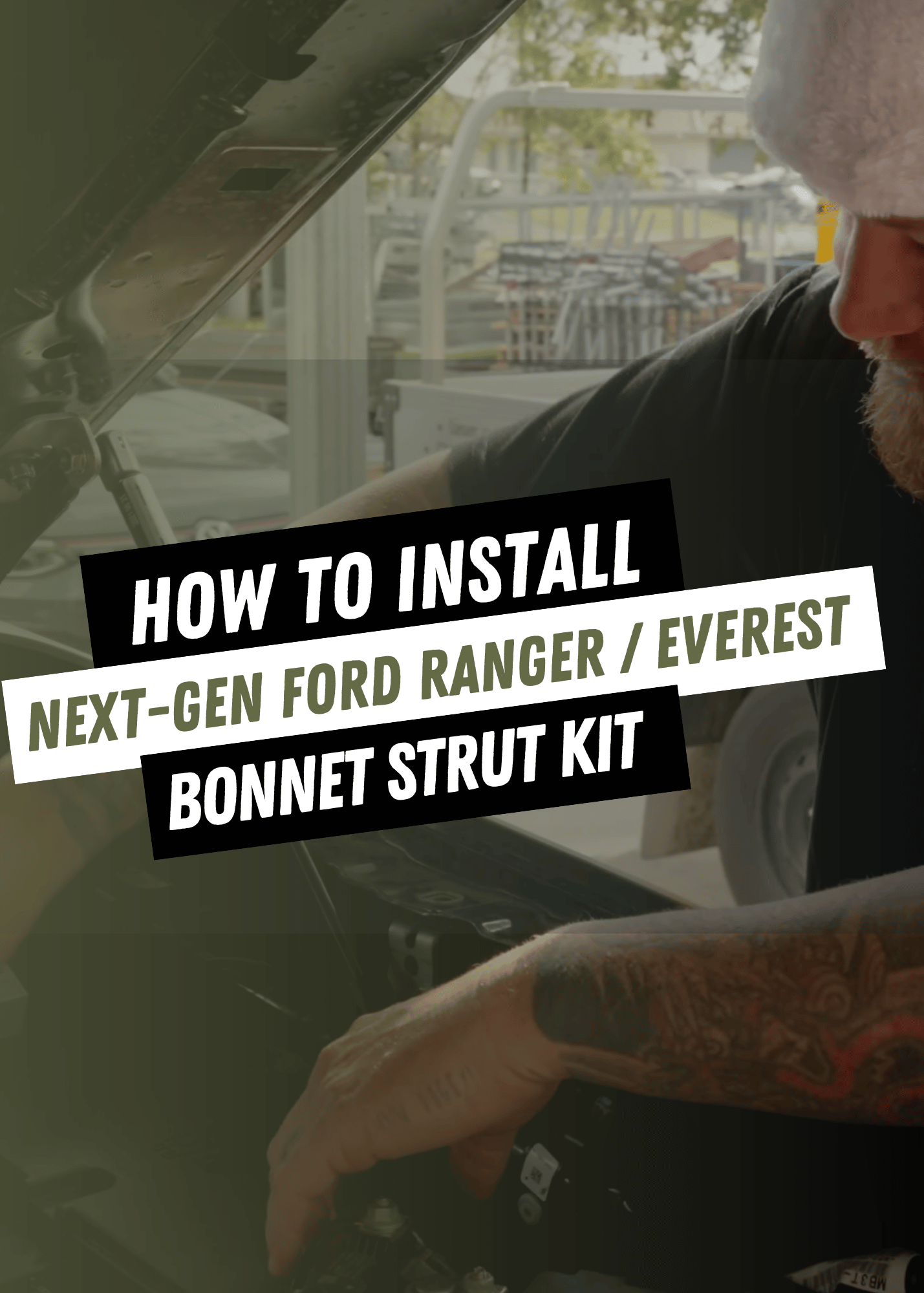
Best Offroad Gear for Obstacles in Australia
Offroading isn’t a gentle drive in the country—instead, you’re traversing obstacles that could end your adventure early if you travel without the proper offroad gear installed on your 4x4. If you want to enjoy the great outdoors and take your 4x4 offroading, this post discusses the top obstacles you’ll encounter as well as the most effective tips for getting over, through, and around them.

12 Top Offroading Obstacles That Require Offroading Accessories
When offroading in Australia, you are likely to encounter various obstacles that can test your driving skills and the capabilities of your 4x4 vehicle. The types of obstacles you may face can vary depending on the region and terrain you are exploring and may require different offroad gear and driving techniques to keep you and your vehicle from harm.
Here are some of the top obstacles you might encounter when offroading in Australia:
- Rocks and boulders: Rocky terrains with uneven surfaces and large boulders can challenge your vehicle's suspension and require careful tire placement to avoid getting stuck or damaging the vehicle.
- Mud and sand: Soft and deep mud or sand can be extremely challenging to navigate, often requiring low tire pressure, momentum, and precise steering to prevent bogging down.
- Water crossings: Rivers and creek crossings can be hazardous due to changing water levels, strong currents, and submerged obstacles. Assess the depth and flow before attempting a water crossing.
- Steep inclines and descents: Ascending steep hills or descending slopes can put a strain on your vehicle's engine, transmission, and brakes. Maintaining control and traction are essential.
- Gutters and ruts: Deep ruts and gutters can be encountered on well-used offroad tracks. Negotiating these obstacles requires careful driving to prevent damage to your vehicle.
- Tree roots and logs: In forested areas, tree roots and logs can create challenging obstacles that demand precise driving and wheel placement.
- Narrow tracks and overgrowth: Some offroad tracks may become narrow and overgrown, requiring careful navigation to avoid getting stuck or scratching the vehicle's paint.
- Soft terrain and bog holes: Soft terrains like swampy areas or bog holes can present a significant challenge and the risk of getting bogged down.
- Dust and low visibility: Driving on dusty tracks can reduce visibility, making it challenging to see obstacles or other vehicles.
- Wildlife: Australia is known for its diverse wildlife, including kangaroos, emus, and other animals that may cross the road unexpectedly. Be vigilant and drive cautiously, especially at dawn and dusk.
- Extreme weather conditions: Australia's weather can be unpredictable, with extreme heat, heavy rains, and flooding. Plan your offroading trips accordingly and be prepared for changing weather conditions.
- Remote locations: Offroading in remote areas can pose challenges in terms of limited access to supplies, communication, and emergency services. Plan your trips carefully and carry sufficient provisions.
Always prioritize safety and be prepared for unexpected challenges when offroading in Australia. It's essential to have proper recovery gear, navigation tools, and a plan for emergencies. If you are new to offroading or unfamiliar with the area, consider joining an experienced offroading group or seeking advice from local enthusiasts to ensure a safe and enjoyable adventure.

Tips to Keep You and Your Offroad Gear in Control
Determining whether your 4x4 can safely get over obstacles in Australia requires a combination of vehicle knowledge, driving experience, and careful observation. Here are some tips to help you assess whether your 4x4 can handle specific obstacles:
- Know your vehicle’s capabilities. Familiarize yourself with your 4x4's specifications, such as ground clearance, approach and departure angles, and the type of four-wheel drive system it has (for example, part-time or full-time 4WD, locking differentials, traction control).
- Research the terrain. Before heading out on an offroading adventure, research the specific terrain and obstacles you are likely to encounter in the area. Different regions in Australia have diverse terrains, such as rocks, sand, mud, steep inclines, and water crossings.
- Walk and scout. When you encounter an obstacle, such as a steep hill or rocky section, get out of your vehicle and walk the path first. Assess the terrain, identify potential hazards, and choose the best line for your vehicle.
- Observe others. If you're offroading with a group, watch how others who are more experienced with similar 4x4s tackle the obstacle. You can learn from their efforts and adjust your approach accordingly.
- Use a spotter. If available, have someone guide you (a spotter) as you maneuver over the obstacle. They can give you directions and help you avoid potential hazards.
- Test the surface. If you're unsure about the grip or stability of the surface, perform a test drive at a slow speed to assess traction and control.
- Start with easy obstacles. If you're new to offroading or unsure about your vehicle's capabilities, start with easier obstacles and gradually progress to more challenging ones as you gain experience and confidence.
- Maintain momentum. In some situations, maintaining steady momentum can help you get over obstacles like rocks, sand dunes, or muddy patches.
- Know when to stop. If you encounter an obstacle that seems too challenging or risky, know when to stop and reassess the situation. Trying to force your way through might lead to vehicle damage or getting stuck.
- Recovery gear. Always carry essential recovery gear, such as snatch straps, a winch, shackles, and a shovel. This equipment can help you get out of sticky situations or assist others in need.
- Drive conservatively. Offroading requires a different driving approach than regular on-road driving. Take it slow and drive carefully to avoid sudden jolts or damaging your vehicle.
Remember that offroading comes with inherent risks, and safety should be your top priority. If you're unsure about tackling a specific obstacle, it's okay to take an alternative route or seek advice from more experienced offroaders. Always be prepared for changing conditions and have a plan for emergencies.
To ensure you and your vehicle can tackle tough obstacles, make sure you select the best offroad gear for your 4x4. From recovery gear and tools for communication to underbody protection and brackets and mounts, Pirate Camp Co. can outfit your vehicle for a variety of offroading needs.













